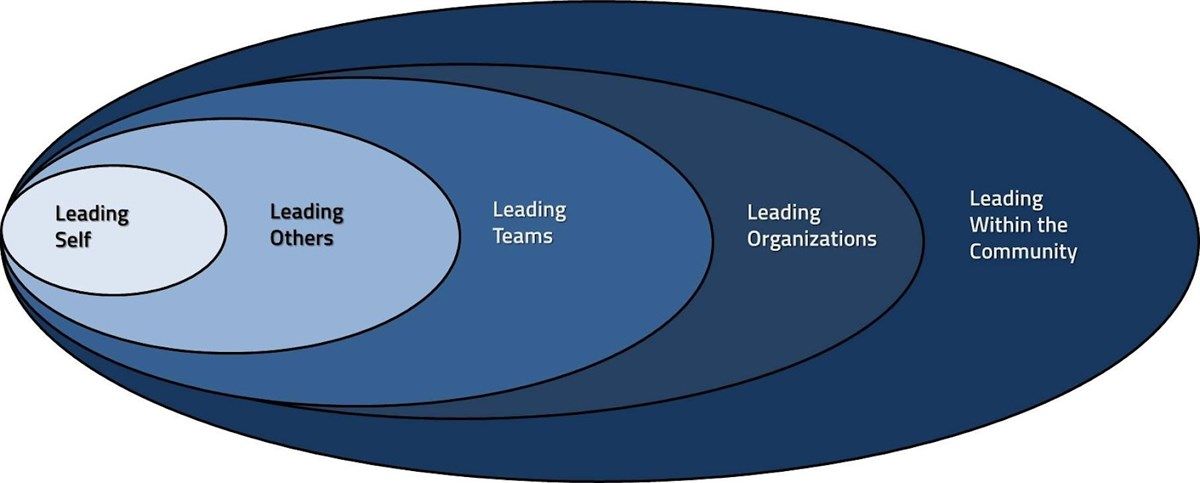Five Levels of Leadership

Leading Self ‐ Good leaders apply self-awareness to managing themselves and leading others. By understanding the underlying psychological and physiological processes that impact performance and how to create and nurture relationships of deep emotional connection, individuals can begin to understand themselves and their capabilities.
Leading Others ‐ It is critical to understanding how outstanding leaders leverage the power of positive emotion and create genuine connections leading to greater engagement and unleashing the full potential of others. An evidenced-based intentional change process can be utilized by individuals to make and sustain significant behavior change of any type.
Leading Teams ‐ Our extensive research in organizational behavior has led to new methods of motivating people in teams that are more effective as a group than the sum of the individuals. By learning specific approaches that can inspire teams to identify share and reach common goals, individuals begin to understand the dynamics of how to build a highly functioning team.
Leading Organizations ‐ Moving from short-term problem solving to long-term strategic thinking enables leaders to move beyond functional roles into organizational leadership roles. Leaders must also understand not only how to convert their high level strategies into executable operational plans that create competitive advantage but also how to communicate this vision throughout the organization.
Leading Within the Community ‐ It is important to extend leadership beyond a specific organization to have a greater impact in the broader community. Individuals can impact the dynamics of their community in a number of ways ‐ board service, community development and civic engagement.
These levels come together throughout the program.